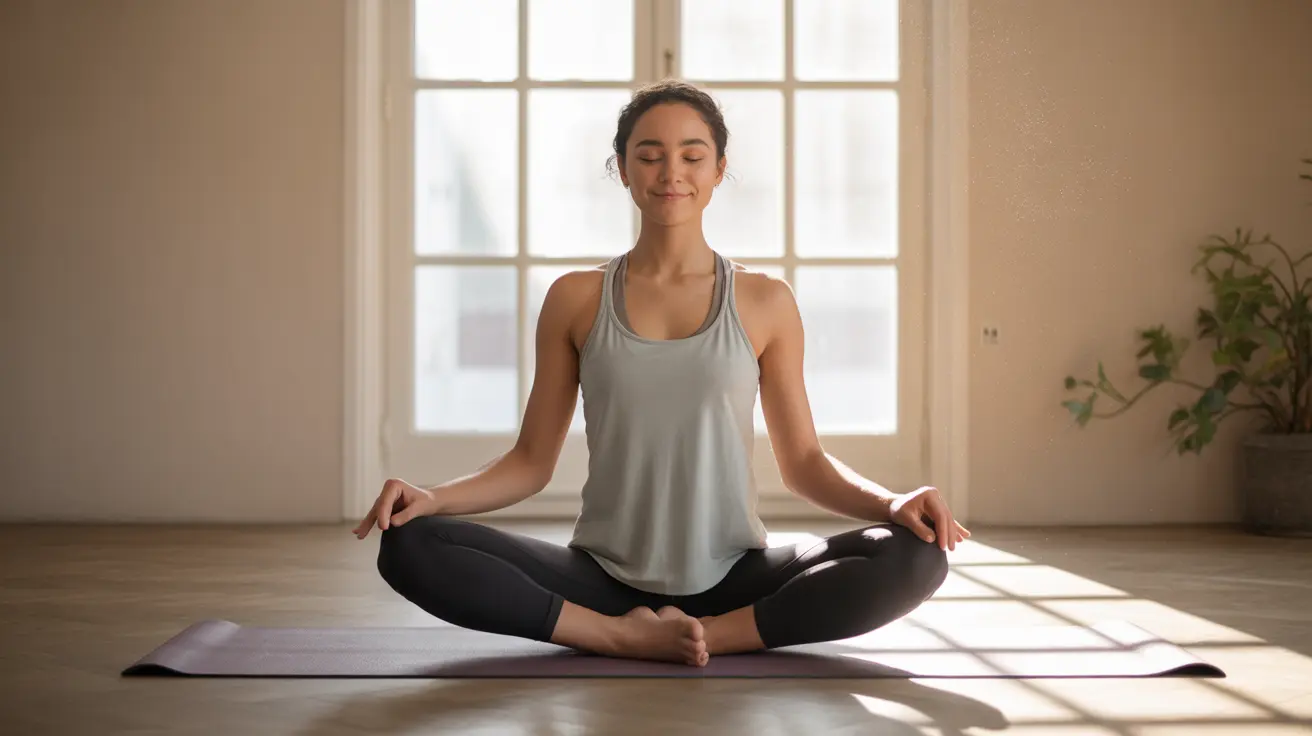Experiencing trapped gas and bloating can be both uncomfortable and embarrassing. Fortunately, specific body positions and gentle movements can help provide natural relief from these common digestive issues. Understanding and practicing these positions can offer quick comfort and promote better digestive health.
In this comprehensive guide, we'll explore various effective positions and exercises that can help relieve gas, reduce bloating, and improve overall digestive comfort. From simple stretches to targeted yoga poses, these techniques are easy to perform at home and can provide significant relief.
Understanding Gas and Body Positioning
The way we position our body can significantly impact how easily gas moves through our digestive system. Certain positions help align the digestive tract and create gentle pressure that encourages the release of trapped gas naturally and comfortably.
Simple Standing and Sitting Positions
Several basic positions can be performed anywhere to help relieve gas:
Forward Bend
Standing and gently bending forward at the waist helps create natural pressure on the abdomen. Hold this position for 30 seconds while taking deep breaths. This simple movement can help release trapped gas effectively.
Squatting Position
A deep squat position naturally compresses the abdomen and can help move gas through the digestive system. Try holding this position for 30-60 seconds while focusing on deep, relaxed breathing.
Effective Yoga Poses for Gas Relief
Wind-Relieving Pose (Pawanmuktasana)
This pose specifically targets gas and bloating:
- Lie on your back
- Draw your knees to your chest
- Wrap your arms around your legs
- Hold for 30-60 seconds while breathing deeply
Child's Pose (Balasana)
This gentle pose helps relax the digestive system and can ease discomfort:
- Kneel on the floor
- Sit back on your heels
- Fold forward, extending your arms
- Rest your forehead on the ground
Breathing Techniques and Movement
Deep Abdominal Breathing
Proper breathing techniques can enhance the effectiveness of these positions:
- Focus on slow, deep breaths
- Allow your belly to expand fully on inhales
- Gently contract your abdomen on exhales
Walking and Movement
Light physical activity can help stimulate digestion and release trapped gas. A 10-15 minute walk after meals can make a significant difference in preventing and relieving gas buildup.
When to Seek Medical Attention
While most gas-related discomfort can be relieved through positioning and gentle movement, certain symptoms warrant medical attention:
- Severe or persistent abdominal pain
- Chronic bloating that doesn't respond to position changes
- Changes in bowel habits
- Unexplained weight loss
Frequently Asked Questions
What are the best yoga poses to relieve trapped gas and bloating?
The most effective yoga poses include the Wind-Relieving Pose (Pawanmuktasana), Child's Pose (Balasana), and Cat-Cow Stretch. These poses specifically target the abdomen and help promote natural gas release while improving overall digestive function.
How do positions like the wind-relieving pose and child's pose help in passing gas?
These poses work by creating gentle pressure on the abdomen and helping align the digestive tract. The compression and release action helps stimulate the natural movement of gas through the intestines, making it easier to pass.
Can deep breathing during certain poses improve digestion and reduce gas?
Yes, deep breathing while holding positions helps relax the digestive muscles and diaphragm. This relaxation, combined with the gentle massage effect of breathing, can improve overall digestion and help release trapped gas.
Are there simple stretches or body positions I can do at home to ease gas discomfort?
Simple at-home positions include forward bends, squats, and lying on your back with knees pulled to chest. These positions can be done anywhere and don't require special equipment or training.
When should I see a doctor if gas or bloating does not improve with these techniques?
Consult a healthcare provider if gas and bloating persist for more than two weeks despite trying these positions, if you experience severe abdominal pain, if there are changes in bowel habits, or if you notice unexplained weight loss.




